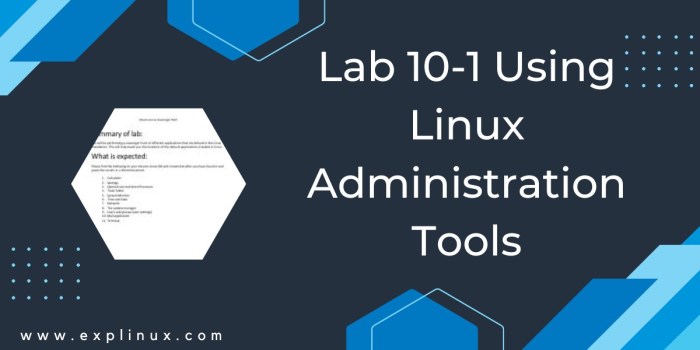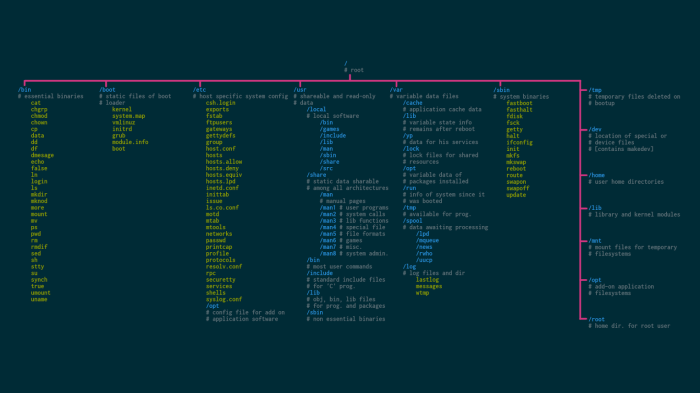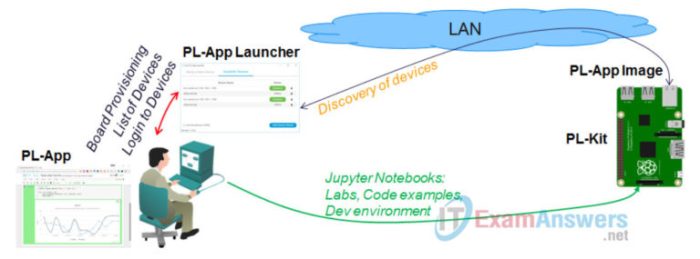Embark on Lab 10-1: Using Linux Administration Tools, a comprehensive guide to the essential tools for managing and maintaining Linux systems. This lab delves into the functionalities and applications of these tools, empowering you to navigate the complexities of Linux administration with confidence.
Through hands-on exercises, you will gain practical experience in system monitoring, user management, and network configuration. Discover the real-world applications of these tools and enhance your understanding of Linux administration best practices.
Linux Administration Tools
Linux administration tools are a comprehensive suite of utilities designed to provide system administrators with the necessary capabilities to manage and maintain Linux systems effectively. These tools cover a wide range of functions, including system monitoring, user management, network configuration, and much more.
System Monitoring Tools, Lab 10-1: using linux administration tools
- top: Provides real-time information about system performance, including CPU usage, memory utilization, and process activity.
- htop: A more advanced version of top that offers a graphical interface and additional features.
- vmstat: Displays virtual memory statistics, such as memory usage, paging, and swapping.
- iostat: Monitors input/output statistics for storage devices.
User Management Tools
- useradd: Creates new user accounts.
- userdel: Deletes user accounts.
- passwd: Changes user passwords.
- groups: Manages user groups and memberships.
Network Configuration Tools
- ifconfig: Configures and displays network interface information.
- route: Manages routing tables.
- netstat: Displays network statistics and connections.
- firewall-cmd: Configures the firewall.
Lab 10-1 Objectives
The objectives of Lab 10-1: Using Linux Administration Tools are as follows:
- To provide students with hands-on experience using Linux administration tools.
- To demonstrate the effective use of these tools for system monitoring, user management, and network configuration.
- To reinforce the theoretical concepts covered in the course or module.
Lab 10-1 Procedures

To complete Lab 10-1, students will perform the following steps:
- Log in to a Linux system.
- Use the top command to monitor system performance.
- Create a new user account using the useradd command.
- Configure the network interface using the ifconfig command.
- Check the firewall status using the firewall-cmd command.
Expected Outcomes
Upon completing Lab 10-1, students will be able to:
- Use Linux administration tools to monitor system performance.
- Create and manage user accounts.
- Configure network interfaces.
- Check the status of the firewall.
Real-World Applications

Linux administration tools are essential for managing Linux systems in a variety of real-world scenarios, including:
- System monitoring: Administrators use tools like top and htop to monitor system performance and identify potential issues.
- User management: Tools like useradd and userdel are used to create, delete, and manage user accounts.
- Network configuration: Tools like ifconfig and netstat are used to configure and troubleshoot network connections.
- Security management: Tools like firewall-cmd are used to configure and manage firewalls to protect systems from unauthorized access.
Additional Resources: Lab 10-1: Using Linux Administration Tools

- Linux Administration Tools – Red Hat
- Linux Administration Tools – The Linux Foundation
- Linux Administration: A Beginner’s Guide – O’Reilly
FAQ Compilation
What are the prerequisites for Lab 10-1?
A basic understanding of Linux commands and system administration concepts is recommended.
How long will it take to complete Lab 10-1?
The duration of Lab 10-1 may vary depending on your experience level and the specific exercises you choose to complete.
Where can I find additional resources on Linux administration?
Refer to the “Additional Resources” section of the lab Artikel for links to articles, tutorials, and documentation.
